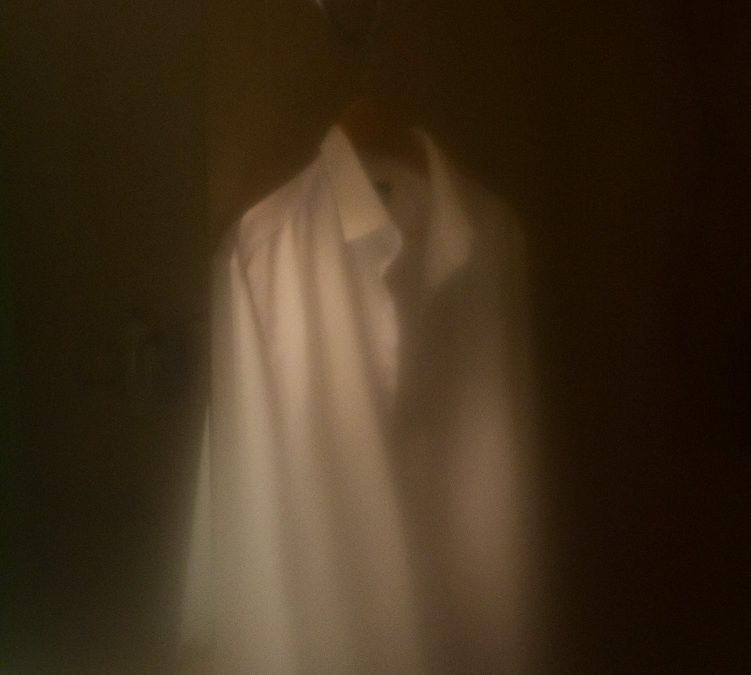
The other side of Vladimir Nabokov
Nabokov‘s butterflies
In 1967, Nabokov commented: “The pleasures and rewards of literary inspiration are nothing beside the rapture of discovering a new organ under the microscope or an undescribed species on a mountainside in Iran or Peru. It is not improbable that had there been no revolution in Russia, I would have devoted myself entirely to lepidopterology and never written any novels at all.
” From the age of seven, everything I felt a connection with a rectangle of framed sunlight was dominated by a single passion. If my first glance of the morning was for the sun, my first thought was for the butterflies it would engender.
[…] I have hunted butterflies in various climes and disguises: as a pretty boy in knickerbockers and sailor cap; as a lanky cosmopolitan expatriate in flannel bags and beret; as a fat hatless old man in shorts”.

- Nabokov as a boy with a butterfly book, 1907 – Nabokov Museum
It all began over a hundred years ago in the estate of Vyra outside St. Petersburg, where the six-year old Volodya Nabokov caught his first butterfly. He remembered that day just as well as another, eight years later, when he wrote his first poem.
For a St. Petersburg boy who spent every summer in the countryside, butterfly-hunting was nothing out of the ordinary, but for Vladimir this pastime rapidly developed into an absorbing interest. At the age of eight he began reading serious books on entomology from the family library and at nine he already attempted to make his first scientific discovery, writing about it to the leading Russian lepidopterist, Nikolay Kuznetsov. Kuznetsov’s reply disappointed the young naturalist: it turned out that the insect in question had already been described. But the passionate desire to make his mark in science remained with Nabokov throughout his life, and was finally satisfied in America in 1941, when he at last managed to describe an unknown subspecies.
Nabokov’s drawings


The drawings of butterflies done by Vladimir Nabokov were intended for “family use.” He made these on title pages of various editions of his works as a gift to his wife and son and sometimes to other relatives. In Brian Boyd’s words, “in these highly personal and affectionately playful drawings the scientific accuracy Nabokov needed in thousands of illustrations of the specimens he studied under the microscope was no longer relevant, and his imagination could take flight. In the butterflies Nabokov devised and labeled for Vera he mingles fact and fancy even more sportively than in his fiction.”
None of these drawings portray real butterflies, both the images and the names he assigns to them are his invention. The names often have some connection to the book that the butterflies adorn and, in most cases, play on words in English and Russian is used: “Paradisia radugaleta”, “Verinia verae”, to name just a few.


source: http://nabokov.museums.spbu.ru/En/index.htm?rubr=home
https://en.wikipedia.org/wiki/Vladimir_Nabokov




